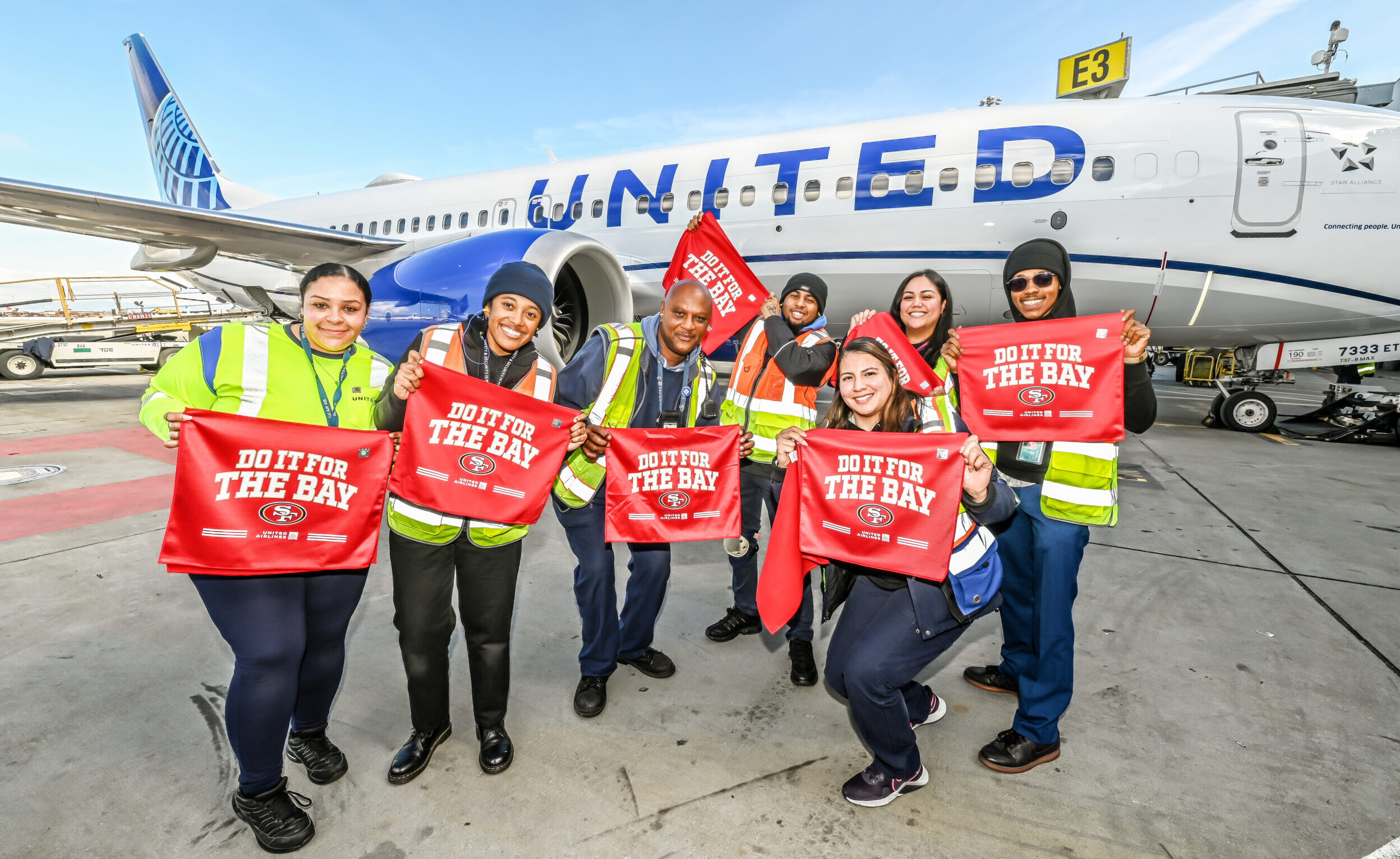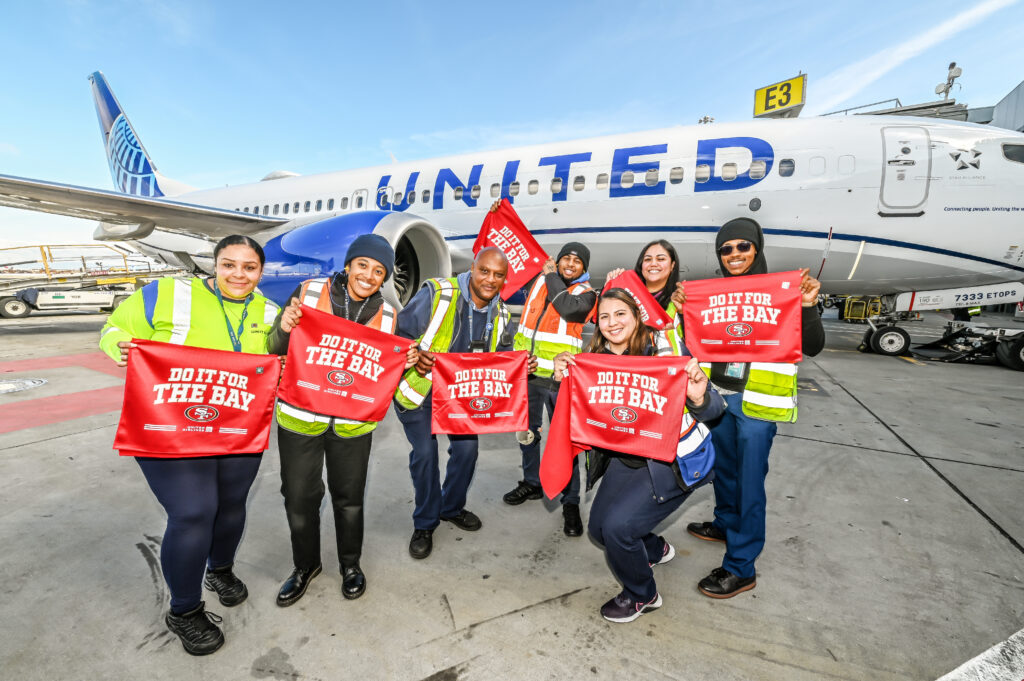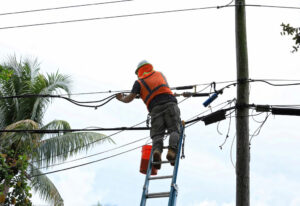The benefits of a brand newsroom as part of an overall media strategy
A well-stocked library of photos, videos and ready-to-go digital assets gives a company control over its own narrative.

The modern media landscape presents opportunities for organizations to take control over their image and messaging.
The longstanding struggles of the traditional news media have presented challenges to those accustomed to working with reporters as a way to get their stories out to customers. However, the evolution of owned channels – such as websites, blogs and social media – allows organizations to share stories directly with their audience, fostering a sense of community and engagement.
“There’s indeed more emphasis on using owned channels, as it provides brands with greater control over their narratives and messaging,” said Aubry Jackson, corporate communications manager for United Airlines. “Those platforms… allow organizations to share stories directly with their audience, creating a greater sense of community and engagement.”
Securing coverage in legacy news outlets remains important, Jackson said. But by blending social media, influencer partnerships, brand newsrooms and earned media content in a thoughtful way, organizations can “share the type of stories they want to tell directly with their audience,” Jackson said.
“It’s no longer just about getting a story placed in a top-tier outlet,” she added.
Adopting a homegrown approach to storytelling
Jackson stressed the importance of prioritizing social media as a channel for storytelling and engagement, not just promotion. United, for instance, is tapping into Instagram and X for real-time customer service and travel updates, allowing for direct interaction with travelers. The goal is to give current and future customers more immediate, usable content, Jackson said.
A recent example Jackson gave was the major CrowdStrike outage that crippled airlines, hospitals and other customer-centric industries.
“It just vanished,” Jackson recalled of the use of much of United’s technology during the outage. “Everyone woke up to find we had to go back to checking folks in with pen and paper.”
In that situation, the team funneled all the operations information passengers through the company’s website, app and social media to create a hub for updates that United controlled. Jackson said the airline has recently improved its app to use generative AI, making it easier for customers to track their flight status.
“This has given us a huge amount of transparency and allows people more control over their travel plans,” she said.
The value of a brand hub
The airline is also turning to influencers to create what Jackson called “authentic narratives” that are more relatable to targeted audiences than a piece that might run in a newspaper or in a local newscast. She gave the example of a series of behind-the-scenes videos that showcase the dedication of its staff or highlight unique travel experiences.
Interactive features like polls or Q&A sessions are great ways to encourage audience participation and feedback as well, Jackson said.
“This not only engages followers but also humanizes the brand, creating a stronger emotional connection,” she added.
Many organizations have established their own brand newsrooms, featuring high-quality photos, videos and news items that tell their stories directly from the brand’s point of view. United has a dedicated section on its website for news and the latest updates, essentially turning it into a hyper-specific media outlet of its own. It has a variety of multimedia assets, fact sheets and fully produced stories. One of the most recent was about the San Francisco 49ers being the first NFL team to purchase sustainable aviation fuel as a step to address emission concerns.

Jackson stressed that having these tools allows brands to position themselves as thought leaders and not just resources for a reporter’s story.
“This involves not only sharing updates during key moments but also finding opportunities to tell stories that reflect brand values and missions throughout the year,” she said.
Maximizing earned media
There’s still great value in earned media, but it’s essential to integrate it into an overall strategy, Jackson said. Brands can amplify their messages by promoting earned coverage through social media and paid campaigns, driving traffic back to their owned properties.
“This holistic approach not only enhances the effectiveness of communication strategies but also reinforces the overall narrative, making earned media a critical component in a brand’s marketing mix,” Jackson said.
The value of a multi-channel approach lies in its ability to reach diverse audiences through various touchpoints, maximizing engagement and impact. By leveraging different channels brands can tailor their messages to fit the unique characteristics of each medium.
This strategy not only broadens the reach but also allows for more targeted messaging, ensuring that the right audience receives the right information in the most effective format, Jackson said.
Tracking the success of the blended approach also comes down to using the right metrics to calculate engagement. She advocated for drilling into available audience data for traffic to the various platforms on which content gets shared to develop a truly tailored approach.
“It allows companies to not only earn attention but also foster a deeper connection that transcends traditional media relations,” Jackson said.
Aubrey Jackson will be one of the all-star speakers at the 2024 Future of Communications Conference. It will take place Nov. 13-15 in Austin, Texas.
Casey Weldon is a reporter for PR Daily. Follow him on LinkedIn.







